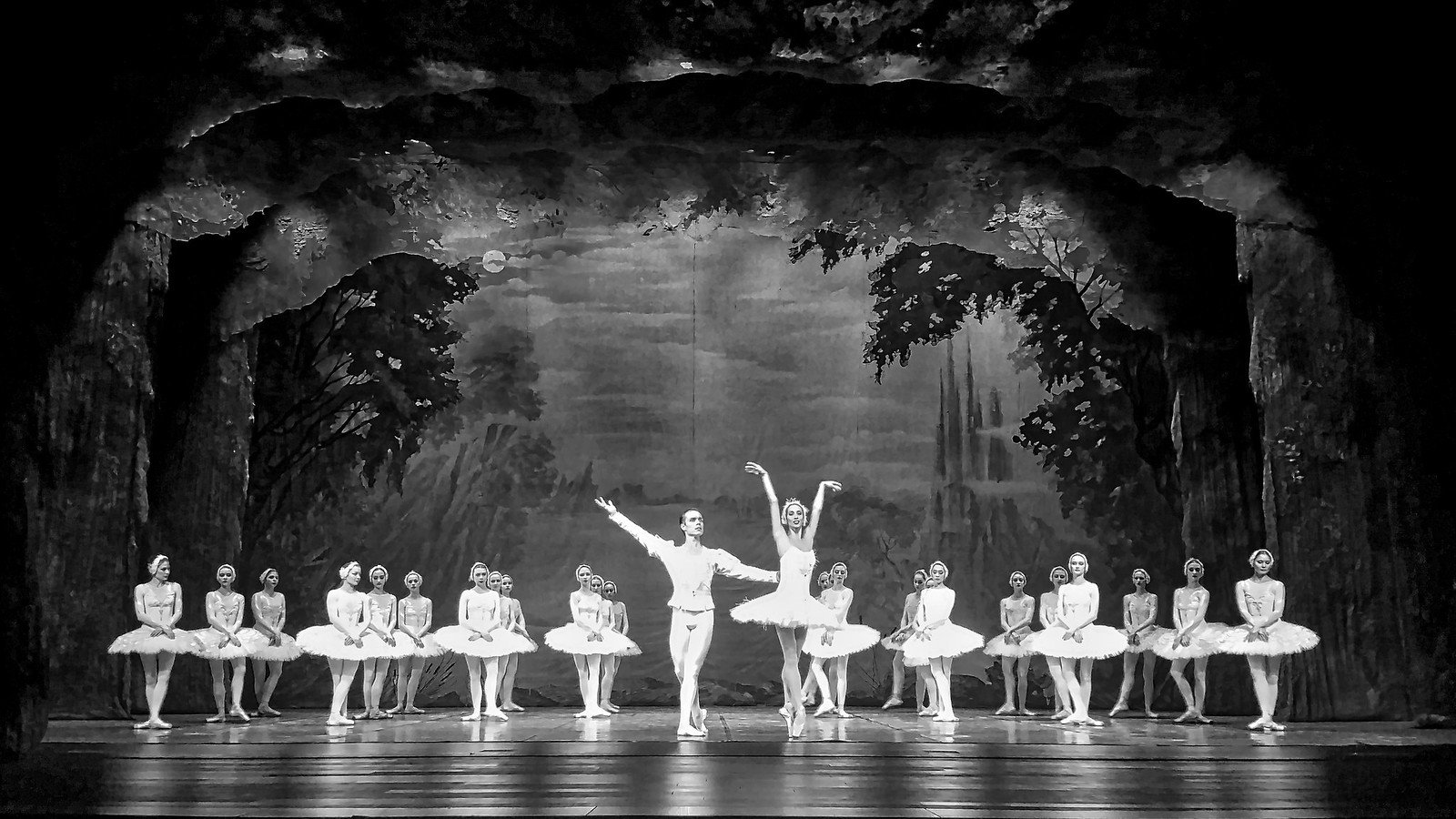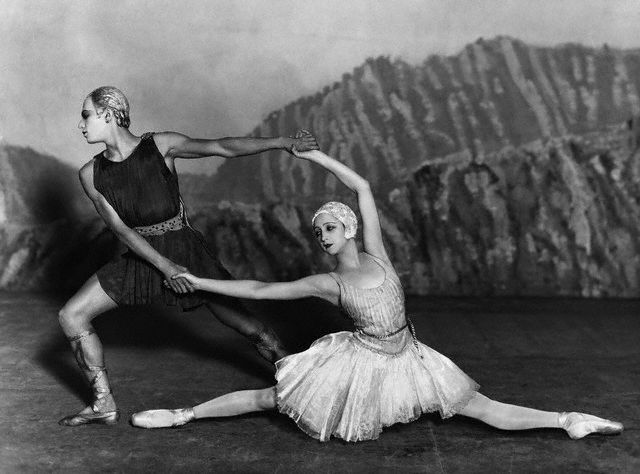
NEOCLASSICAL BALLET

Main article: Neoclassical ballet
Ballets Russes with Apollo (1928) choreographed by George Balanchine. Dancers are Alexandrova Danilova and Serge Lifar.
George Balanchine is often considered to have been the first pioneer of what is now known as neoclassical ballet, a style of dance between classical ballet and today’s contemporary ballet. Tim Scholl, author of From Petipa to Balanchine, considers Balanchine’s Apollo (1928) to be the first neoclassical ballet.
It represented a return to form in response to Serge Diaghilev’s abstract ballets. Apollo and other works are still performed today, predominantly by the New York City Ballet. However, other companies are able to pay a fee for performance rights to George Balanchine’s works.
Frederick Ashton is another prominent choreographer associated with the neoclassical style. Three of his works have become standard pieces in the international repertoire: Sylvia (1952), Romeo and Juliet (1956), and Ondine (1958), the last of which was created as a vehicle to showcase Margot Fonteyn.

